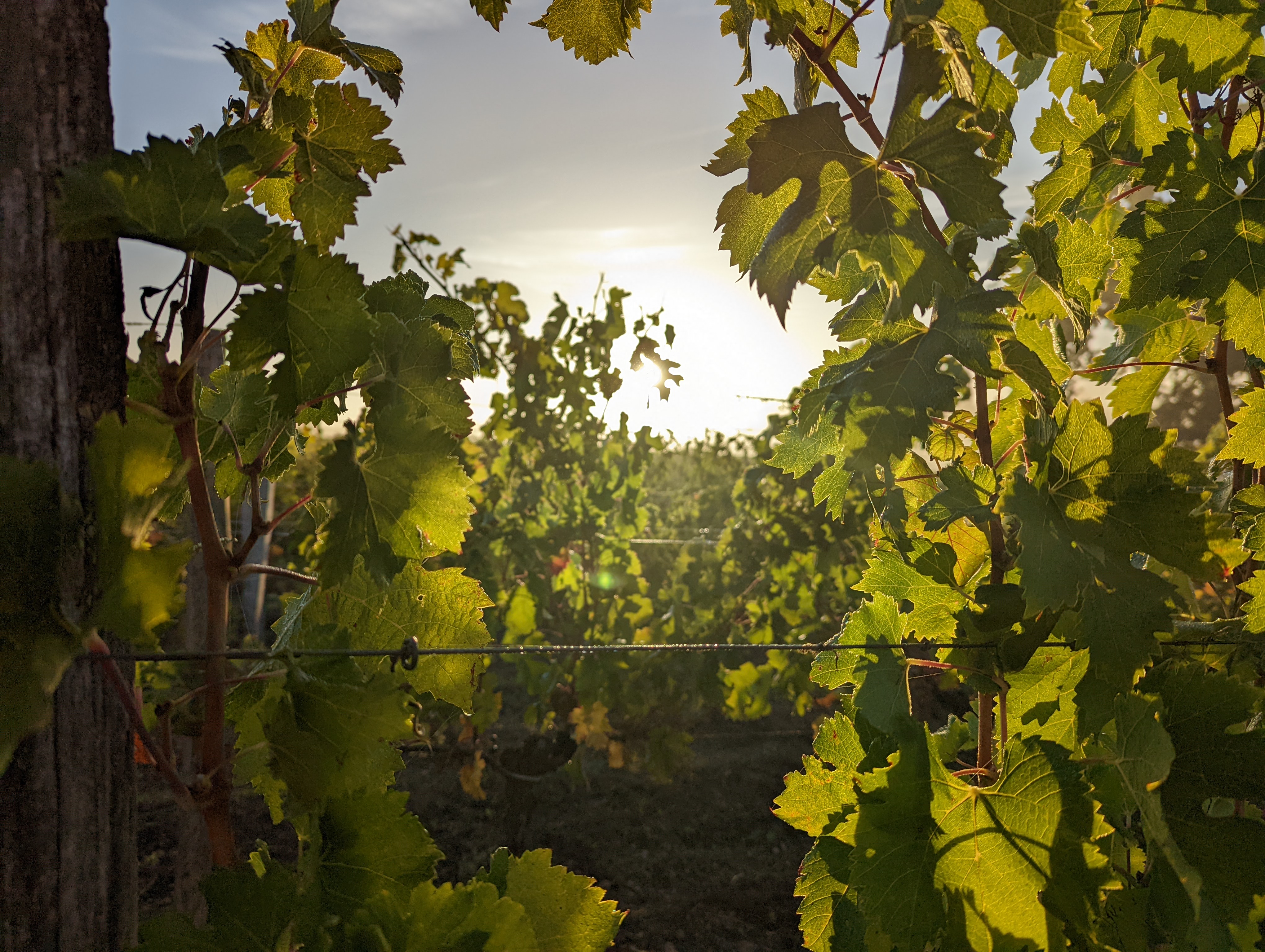Wine vintage: a key concept for wine
If you're a wine lover, you'll naturally have heard of the notion of vintage. But do you know why it's important, and why it's an essential benchmark for a wine, and even an indicator of its quality? Do you know the different factors that go into a vintage? Find out in the following lines...
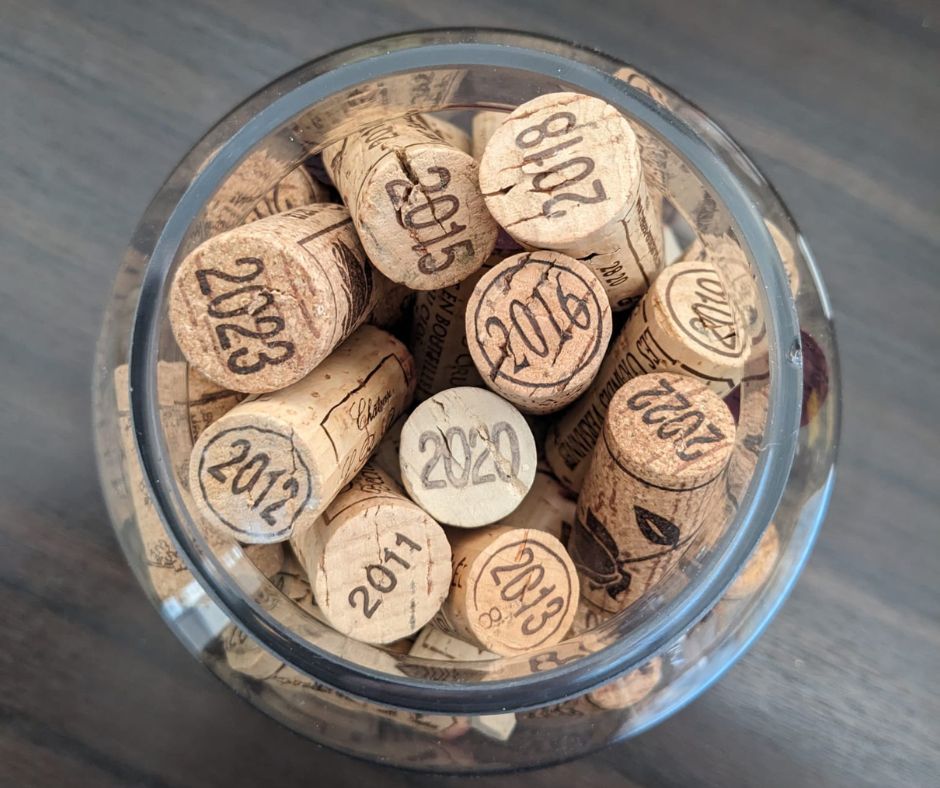
What is a vintage?
A vintage is an indication of the year in which the grapes were harvested and the wine produced. Usually mentioned on the label of the bottle of wine, it is often associated with the quality of the wine. Indeed, the weather conditions of each year can have a significant influence on the growth of the grapes and, consequently, on the taste and quality of the wine produced. Wine lovers can track vintages to identify particularly good or outstanding years for a given wine. Many websites list and classify the best years by vineyard or the best vintages by region or country.
The determining factors of a vintage
The quality of a wine vintage can vary according to a number of factors:
- Weather conditions: the weather conditions of the harvest year, in terms of temperature, rainfall and sunshine levels, can have a major influence on the quality of the grapes and on whether the harvest takes place early or late. For example, a year with moderate temperatures and adequate rainfall can favour balanced ripening of the grapes, whereas a year with extreme weather conditions can influence the final composition of the grapes. A very sunny, hot year will produce grapes that are lower in acid, very high in sugar and, ultimately, higher in alcohol. This can upset the acid/sugar/secondary compounds balance, significantly altering the taste balance of the wines. On the other hand, a cold year will result in a late harvest due to a lack of ripening in the grapes. The lower sugar content will alter the organoleptic balance of the wine. Spring frosts and hailstorms can, in the space of a few hours, compromise or even devastate a vintage.
In addition, Bordeaux winegrowers do not use irrigation to meet the water needs of the vines. They therefore traditionally rely on rain, making obvious the direct link between the climate and the yield of the vines.
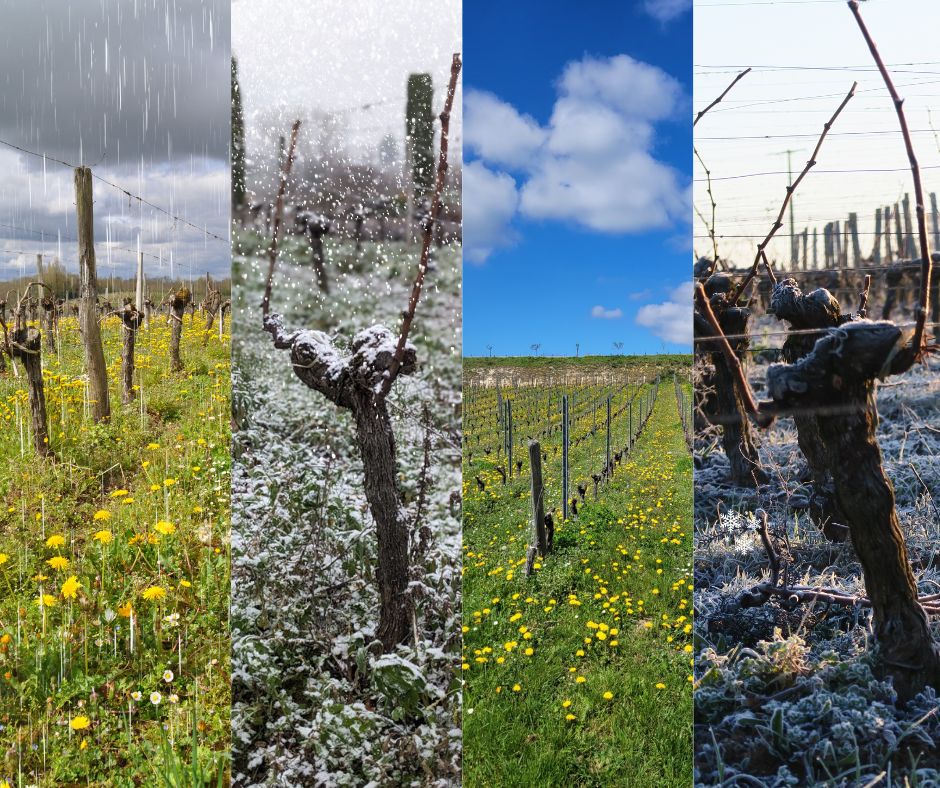
- Grape ripeness: Optimum ripeness of the grapes is essential for producing a quality wine. Grapes harvested too early or too late can produce a wine with less desirable characteristics.
- Grape Health: Diseases, pests, and other vine health issues can affect the quality of harvested grapes. The winegrower monitors the good health of his vines all year round.
- The winemaker's know-how: The winemaker's experience and skills in winemaking can also play a crucial role in the quality of the vintage. An experienced winemaker will know how to manage grapes harvested in difficult weather conditions to produce a high-quality wine. He will know how to adapt the vinification of his wines according to the quality of the harvest to ensure the quality of the finished product.
In short, one vintage can be considered better than another because of a combination of these factors: favourable weather conditions, optimal ripening of the grapes carefully monitored by the winemaker, good yields, good health of the vines and the winemaker's know-how.
Vertical wine tasting
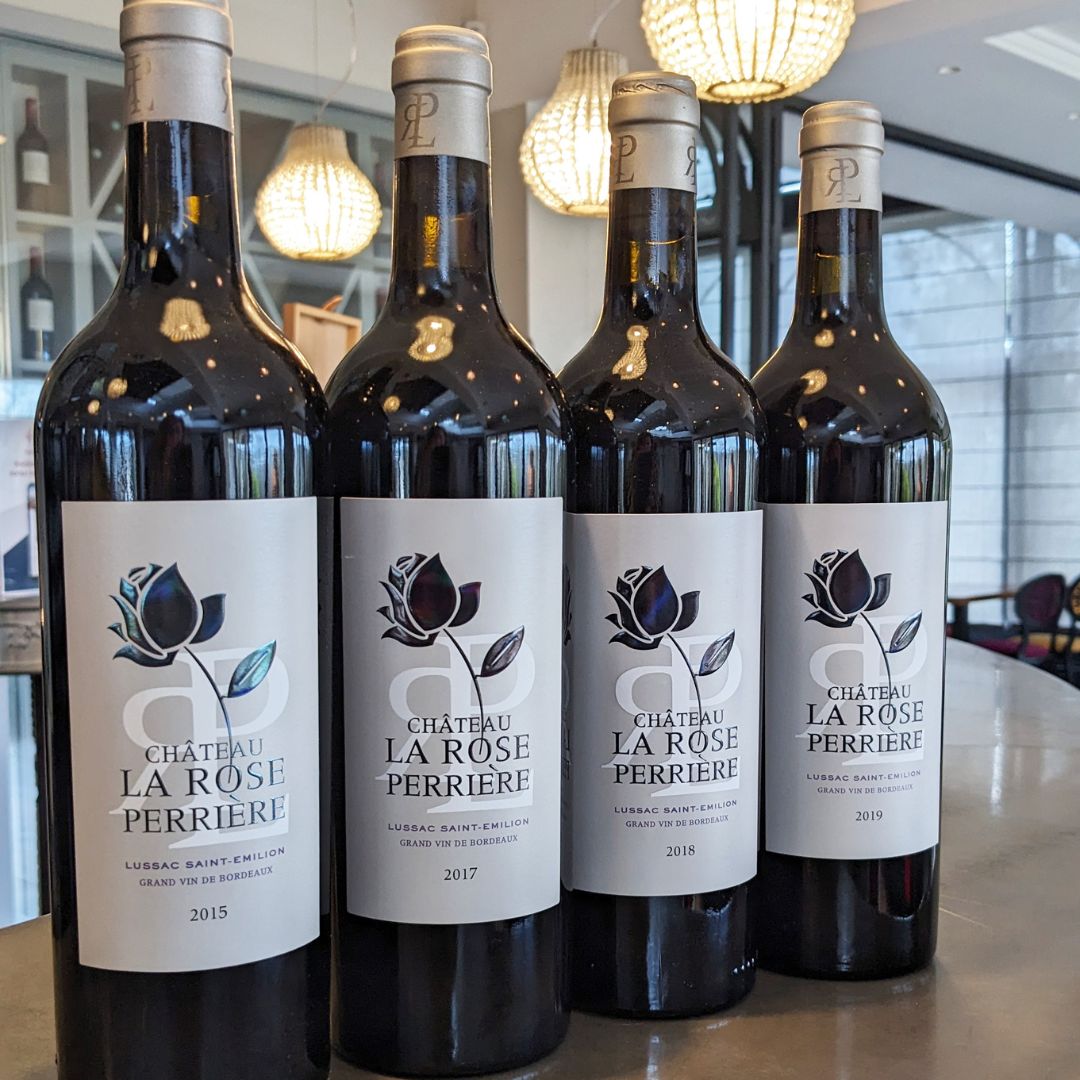
The vintage of a wine plays a crucial role in tasting. The best way to discover the characteristics and qualities of a vintage is to undertake a vertical tasting. Of all the types of tasting that exist, this is the one that allows you to better understand the real impact of the vintage on the wine and the winemaker's technical choices over the years.
It involves tasting the same vintage, from the same estate (and by deduction the same appellation), over several years. Several vintages, preferably from the most recent to the oldest, are thus tasted and compared in order to glimpse the aging potential of the vintage and to imagine the evolution of the wine up to its optimal tasting window recommended by the winemaker, or even beyond. In addition to the pleasure of oenological discovery, this type of tasting has an educational vocation for wine lovers and professionals and involves four essential stages:
- Visual analysis
- Olfactory analysis
- Taste analysis
- The summary or conclusion
The vintage: its influence on the price of the bottle
The price of the bottle of wine you find on your wine merchant's shelves depends on the supposed, then proven, quality of a vintage. The price of a vintage wine can be influenced by several factors:
- Yield and Production: Some vintages may be produced in limited quantities due to adverse weather conditions or other factors. Rarity can increase the perceived value of the wine and therefore its price.
- Perceived quality: Vintages that are considered exceptional in terms of quality, often due to ideal weather conditions, may be more sought after and therefore more expensive. These wines may have a higher concentration of aromas, a more complex structure and a longer finish.
- Producer reputation: Wines produced by well-known producers or reputed estates can often be sold at a higher price because of their established reputation for the quality of their wines and their expertise.
- Reviews and ratings: Reviews by renowned wine critics and influential ratings can also have a significant impact on the price of a vintage. Wines that are well rated by recognised critics may see their demand and therefore their price increase.
- Aging potential: Some vintages may have greater aging potential, meaning they can be stored for many years and continue to improve in bottle before tasting. Wines with high aging potential may be more expensive due to their ability to age, retain freshness for a long time, and develop more complex aromas and flavors over time.
- Production costs: Factors such as the costs of grapes, winemaking equipment, barrels and storage facilities can also influence the price of a vintage.
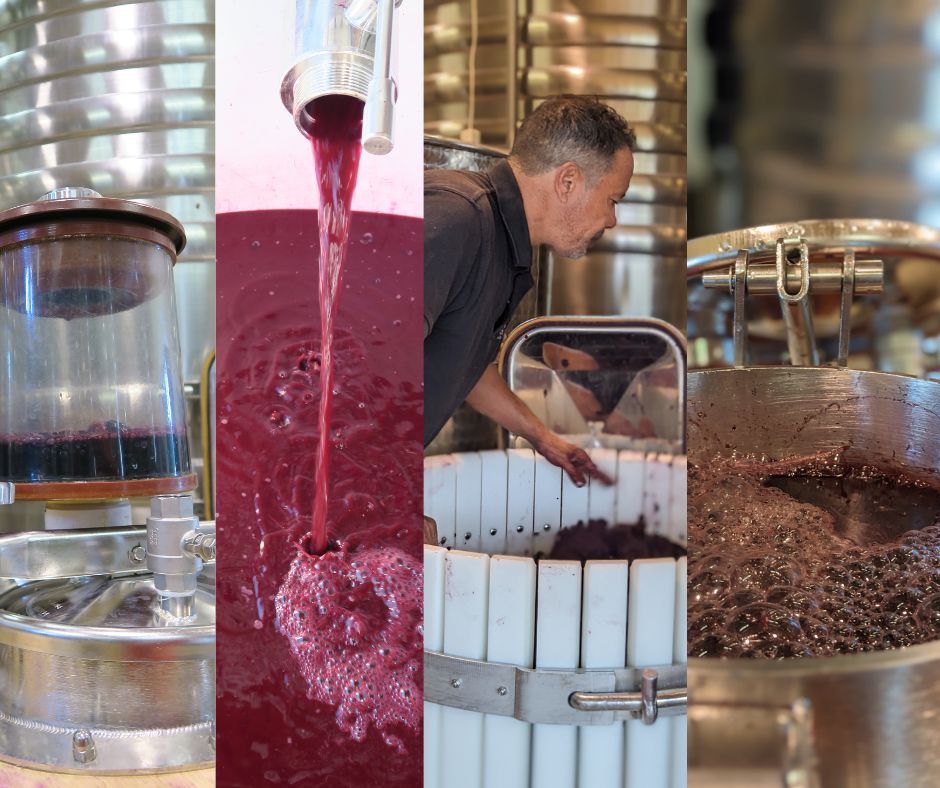
Ultimately, the rarity of a vintage, its quality, the reputation of the estate and the vintage, professional assessments and competition awards, ageing potential and production costs are all complex factors which, alone or in combination, determine the price of a vintage.
A reference for wines
As you will have realised, the vintage plays an essential role in wine appreciation. It reflects the year's climatic conditions and production techniques. Whether for wine enthusiasts or well-informed investors, the vintage offers a unique sensory experience and a testimony to the history and tradition of wine making. It invites discovery, exploration and comparison. It embodies the celebration of the diversity of terroirs and know-how. In short, the vintage is much more than a simple indication of the year of production; it is the symbol of excellence and authenticity, capable of delighting the most demanding palates and transcending time. The vintage captures the very essence of the winemaker's expertise.
However, as the saying goes, sometimes it's in the bad vintages that the great wines are born, revealing against all the odds the great terroirs and the best winemakers.
Note that this notion of vintage also applies to other agricultural products such as coffee, tea, honey or even certain olive oils, although in these cases the importance of vintage is considered to a lesser extent than for wine.
Have you bought a bottle of wine from the best year of a wine region and whose aging potential is advertised as good? All you have to do is store it in good conditions until you can discover all its taste qualities in a few years. Discover our optimal storage recommendations which will allow you to enjoy tasting wine in all its aromatic complexity!
